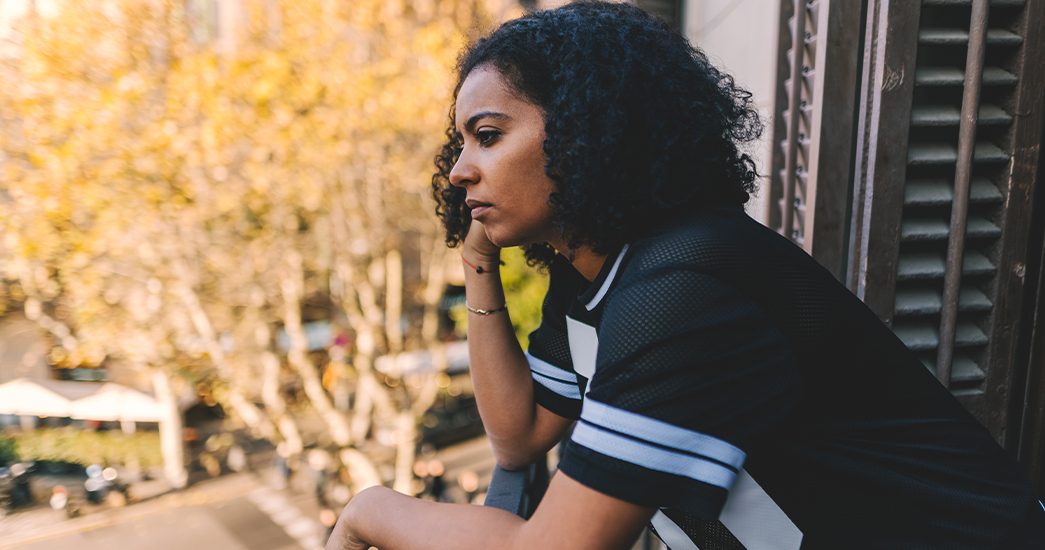
While no community is left unaffected by COVID-19, new data analysis brings racial inequities to the forefront. According to research from NPR, communities of color are being hit disproportionally harder by the pandemic, with Black/African-American deaths from COVID-19 nearly twice as would be expected based on their percentage of the U.S. population. Additionally, Hispanic and Latin-x confirmed cases are greater than their share of the population, and data is still emerging.
Not only are these populations more likely to be essential workers, use public transport and reside in more populated buildings and households, but many lack health insurance and access to regular and equitable care.
Here’s how many states in the U.S. are attempting to combat this disparity:
 Data-driven task forces
Data-driven task forces
Some cities, such as Boston, have developed specialized task forces to serve at-risk populations who may have difficulty getting the care they need. In order to do so, collecting data is essential to assess where gaps lie in health care services for Black, Latin-x, Asian and other immigrant communities. Following review and analysis, the task force can compile recommendations for resources to be implemented across the city.
 Community health centers
Community health centers
Annually, community health centers provide care for roughly 29 million people, many of whom are underserved. To adapt to the flood of COVID-19 patients, many clinics have opened testing sites and actively monitor the infection rate in local communities. In Roxbury, Massachusetts, the Dimock Center provides a dedicated COVID-19 unit in their building for residential patients. They are also piloting the state’s first contact tracing collaborative (CTC), which provides “test-passes” to close contacts of COVID-19 patients, so that they have access to testing immediately.
Dr. Caracostis, CEO of the Hope Clinic, stresses that community health centers will continue to play a vital role in combating the pandemic long-term, and increased public funding is needed to do so. “Our communities need the leadership of trusted local health professionals, who will be able to shepherd them throughout this pandemic and beyond,” says Dr. Caracostis.
 Mobile testing vans
Mobile testing vans
Most states currently list their COVID-19 testing sites online, with some locations offering tests free of charge. However, those who rely on public transport face a greater risk of spreading the disease. In Hartford, Connecticut, where 30% of households don’t have access to a car, Hartford Healthcare has begun piloting mobile coronavirus testing using its mobile mammography van. Additionally, the city of Hartford is offering free rides to those who have an appointment at Hartford Hospital or Saint Francis Medical Center.
 Telemedicine appointments
Telemedicine appointments
Those who have access to a phone now have access to a doctor, thanks to the increasing prevalence of telemedicine. According to a survey by Sykes Enterprises, 75% said they would consider a virtual doctor visit if they were experiencing coronavirus symptoms. For those without insurance, Everyday Health lists several companies offering free services for COVID-19 assessments as well as low-cost primary care visits.
 Food security
Food security
Communities of color are more likely than their white counterparts to live in so-called “food deserts”, or areas that lack access to fresh fruit and vegetables and clean water. The closure of schools and community assistance centers has also decreased the number of locations that these populations can rely on for meals and groceries for their families. However, there are a number of non-profit organizations bringing free, healthy food to those in need through pick-up sites and delivery.
These are just a handful of ways that municipalities, organizations and health providers are teaming up to provide more accessible testing and care to their most vulnerable populations. However, more work needs to be done to create a lasting impact that not only combats the pandemic but helps form a more equitable health care system for all.